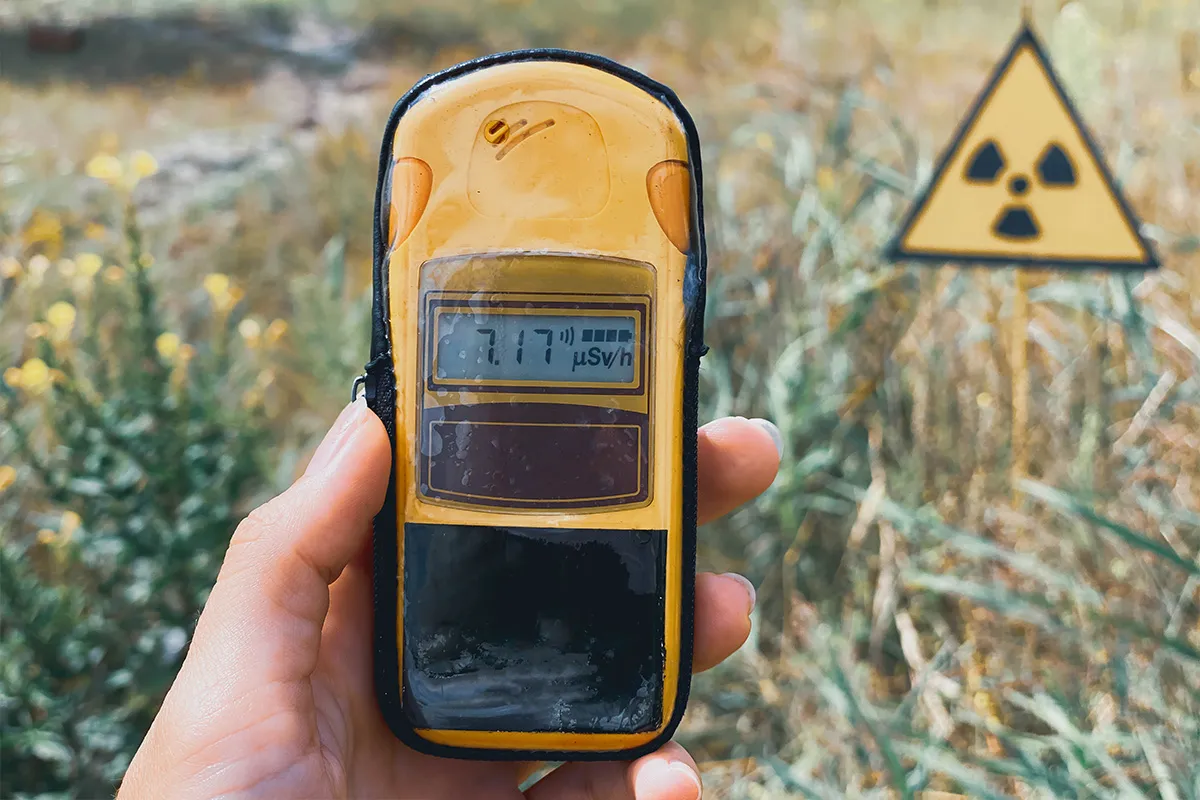Imagine you are enjoying beautiful summer days in Virginia, windows are wide open, and fresh air is flowing through your home. But what would happen if we told you that a dangerous gas is accumulating in your home from the soil, which requires a radon inspection that matters in the weather-changing effect?
Radon is a dangerous and colorless gas that naturally forms from the decay of uranium in the soil and rocks. This gas can enter the home through foundation cracks and become part of the indoor air. This dangerous gas not only damages the indoor air but may also cause different health issues. Therefore, it is necessary for homeowners to ensure their living space is safe and healthy.
In Virginia, most of the homes have high radon levels that exceed the recommended value by the EPA. That’s why getting a regular radon inspection is necessary to ensure that you and your belongings are living in a healthy zone.
In this blog, we will explore whether the season in which you test for radon, summer or winter, is important for maintaining your home’s safety.
Radon Testing in Winter
In the colder months, the radon level is increased in the home due to several factors. As a winter, the homeowners tend to close the windows and doors to keep the cold air out. In this way, the humidity will increase due to lack of ventilation. This sealing effect traps the air inside and creates an environment where the radon gas is suspended and can accumulate to dangerous levels.
In some areas, the radon level is so high it can cause significant health risks. Therefore, in the winter season, getting a radon inspection is crucial to get to know the deep knowledge about the radon that is present in your home. In winter, you will know about the actual amount of radon that affects your home. This level that you may notice in winter is the maximum of radon in your home because in winter, your home is properly sealed, and the fresh air is not flowing through the home.
By understanding the seasonal effect of radon, you will make your home safe and healthy so that you and your belongings can take a breath in a healthy environment.
Radon Testing in Summer
During the summer, the radon levels decrease due to the better ventilation. While in winter, the home is properly sealed and does not allow the fresh air into the home. In summer, with the better ventilation, the radon may be low at the level, but provides the information about radon which is present in the home even when the windows and doors are opened.
Whether the radon level is low in summer, it doesn’t mean to skip the radon inspection. The majority of the areas of Virginia have high radon levels even in the summer. Therefore, we strongly recommend that homeowners don’t miss out on hiring one of the best home inspection companies with certified radon inspectors to get deep knowledge about radon in their homes.
How Often to Test for Radon?
When it comes to radon testing, homeowners should know how often they need to test for radon. It depends upon the geological condition and location of your home. Additionally, the EPA indicates the radon zones in Virginia. According to these zones, you may get a radon inspection on average every two years.
Additionally, if you replace the HVAC system, altering the foundation, or completing a major renovation, it’s a good time to get the radon inspection. With this effect, there is a rare chance that the radon enters the home.
So, if you want to know the DIY radon test kit vs professional radon testing, then this blog is for you.
Best Time for Radon Testing
Determining the best time for radon testing depends upon the pros and cons in the winter and summer season.
Winter Testing (Pros and Cons)
Pros
In winter, the radon is increased due to the lack of ventilation. The homes are fully sealed by closing the doors and windows to maintain the indoor temperature in the cold weather. Therefore, in the winter season, you will get to know the maximum level of radon that seeps into your home due to the foundation cracks and walls.
Cons
While the winter provides the best results for radon that seeps into the home, you can’t be sure the average amount of radon gas that is dissolved in your home’s air and damages its quality. With the lack of ventilation, you may not get enough reports about radon that you may face throughout the year.
Summer Testing (Pros and Cons)
Pros
Usually, the radon level is decreasing in the summer season due to wide open windows and doors. The radon gas seeps into the home through the foundation’s cracks and walls. At that time, you will get to know the amount of radon that is dissolved in your home’s air and may cause significant health issues.
Cons
Radon testing in the summer season does not provide the exact amount of radon that seeps into your home due to the opening of the windows and doors. In the ventilation, the radon gas flows through the home, and you don’t know the exact amount of radon that seeps into the home.
So, getting the radon inspection only in a specific season is not enough because due to the geological effect, you face high radon levels. Therefore, hiring a certified radon inspection company in winter and summer will be best to get to know the deep knowledge about the radon level. Therefore, we suggest you get the radon inspection in both of seasons, winter and summer. With this strategy, you will get to know the knowledge about radon to make a safe and healthy zone for your belongings.
Final Words
If you want to make your home safe and secure, you need to get a radon inspection to know the radon levels in your home. For this purpose, we strongly recommend you hire the best home inspection company, Clatterbuck Home Inspections. Our certified radon inspector thoroughly checks your home and ensures that you get a safe and secure zone for your belongings.
If you want to hire a certified home inspection company to check radon levels, we are just a call away.

